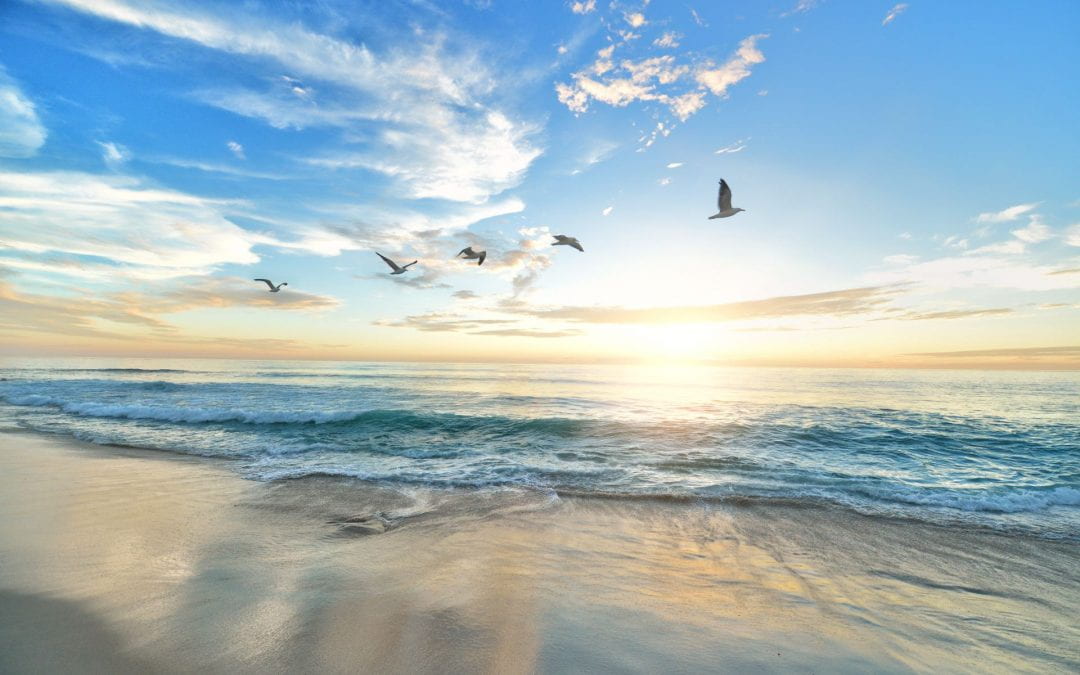By Maria Armoudian & Simon Thrush
Oceans have already slowed the rate of global warming for decades, but unless we shift our approach to focus on them we will lose that capacity to solve the planetary overheating problem.
As often happens with big meetings of global leaders, the leaders at COP26 made vague progress but missed a prime opportunity.
While they acknowledged the need to “strengthen ocean-based action”, they failed to specify what exactly that means.
Our big, beautiful blue oceans are part of the climate change solution. With a few important policy changes, they can help us arrest the fast-track to planetary demise.
They have already slowed the rate of global warming for decades, but unless we shift our approach to our oceans, we will lose that capacity to solve the planetary overheating problem and will instead exacerbate it.
New Zealand, with its vast ocean territory of 14 times its land area, has an unprecedented opportunity to simultaneously affect climate change, serve as an example for our fellow ocean state neighbours and provide a win-win scenario that supports all of us.
From the beginning of the industrial revolution until the mid-1990s, our oceans have stored about 30 percent of the carbon dioxide released, preventing that greenhouse gas from adding to planetary overheating.
But this cannot go on indefinitely as the gas has contributed to another looming disaster – the climate impact of ocean acidification.
Through their normal ecosystems processes, mangroves, salt marshes, sea grass, kelp, and the sea floor all helped, and continue to help, store these masses of carbon.
These natural processes can lead to more permanent storage of carbon for example, sinking organic material in the deep sea, burying carbon in marine sediments, and the blue carbon processing of large marine plants. By working with nature, we can improve carbon storage and enhance biodiversity.
However, some of our activities are instead working against nature, limiting the oceans’ capacity to slow the rate of overheating and their ability to help solve climate change.
For example, large-scale dredging and trawling destroy the plants and animals of the seafloor that together are part of the carbon-storing apparatus.
They stir up the seabeds’ sediment leading to the release of carbon dioxide, that sediment then smothering additional species. So aside from the species loss, which damages biodiversity, we lose this carbon storage in the process in a double whammy.
These are among the most damaging activities, but the oceans are suffering from multiple impacts including runoff, excess nitrogen and masses of plastics. These stresses, along with climate change, can lead to sudden, dramatic changes or tipping points and accumulate over time, as does the risk that our oceans will not be able to recover.
But even while damage is occurring on a regular basis, much of it remains out of sight and out of mind. But it is reality nonetheless, and therefore must be addressed.
These are partly, but not exclusively, problems of figuring out how to work with nature and of introducing relevant policies that will protect and preserve our oceans’ capacity to ensure our long-term survival.
For example, to date, our policies have failed to recognise and allow the oceans’ contribution to count in national and global carbon accounting.
While this has long been a problem, the most recent manifestation of this for New Zealand are comments in Ināia tonu nei: A low emissions future for Aotearoa (New Zealand Climate Commission, May 2021).
Realising new opportunities and multiple pathways to achieve our carbon zero aspirations in the next 30 years needs to be facilitated by proactive and future-focused policy initiatives. This can start by including oceans in the expanded carbon markets to incentivise initiatives that will lead to a zero-carbon future.
As well as this expansion of carbon markets, there are relatively simple policies that restrict the most destructive activities, such as dredging and trawling areas of the ocean and creating additional protected zones.
The big prize will require some creativity, which can use good policy to build new economies that support all of us in harmony with our environment. This will require a level of political skill we have yet to see flourish.
It requires a visionary who recognises how to both harness and nurture the gifts that the oceans and the rest of our planet system offer and who can communicate that vision in a persuasive way, amid all the complicating hurdles, including special, self-interests, cynicism, and the inherent power of the status quo.
But Aotearoa New Zealand can and should be up for this leadership role, setting the example for the rest of the world.
This article was originally published on Newsroom and was republished with permission. For the original, click here.
Maria Armoudian is a Senior Lecturer in Politics and International Relations at the University of Auckland. She is an expert in media and politics.
Simon Thrush is the Head of the Institute of Marine Science at the University of Auckland. He is an expert in the ecology of coastal ecosystems.
Disclaimer: The ideas expressed in this article reflect the views of the author(s) and not necessarily the views of The Big Q.
You might also like:
Q+A: How is climate change reshaping oceans and marine life?

